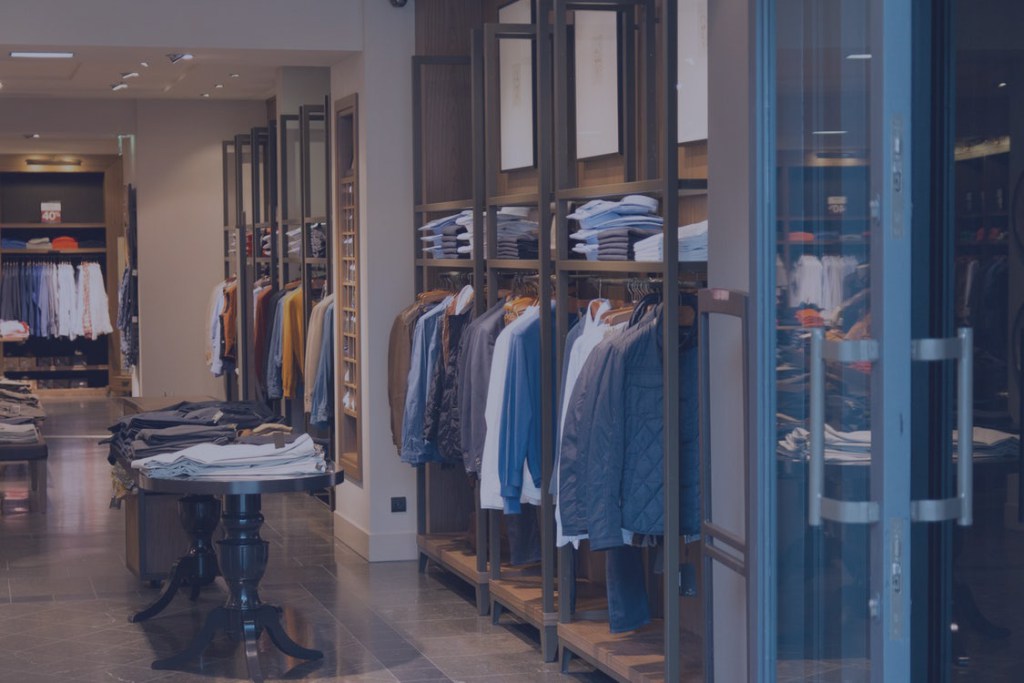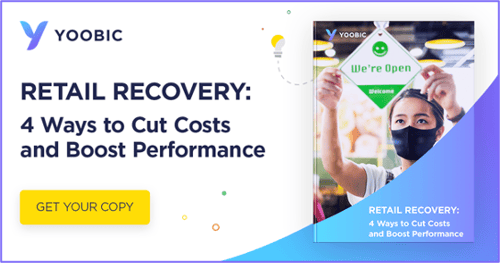Aug 9, 2021 12:09:54 PM

The last few years have seen a radical change in the way consumers think about brick-and-mortar shopping.
The rapid growth of digital and mobile technologies have given shoppers the power to buy from wherever they are on their smartphones.
Especially after 2020, with lockdowns and social distancing measures limiting our movements and interactions with strangers, they are even more inclined to shop from the comfort of their homes.
Retailers must now work harder than ever to provide the unique, seamless and safe in-store experience their shoppers expect in order to increase retail sales.
However, the main thing that holds a retailer back in their efforts is poor in-store execution. When brand standards are not upheld, customer experience suffers, leading to fewer in-store conversions.
Related: The 3 Components of a Successful In-Store Execution Strategy
Here are 3 issues that arise when in-store execution isn't perfect, and how to stop them from happening:
1. An inconsistent customer experience
HQ regularly sends visual merchandising guidelines and marketing and promotional strategies out to stores - standards which are set to ensure a consistent, high-quality customer experience across the store network.
Every store is trying its best, but with fewer staff on the rota and more tasks to complete, store teams have a heavier workload than ever as they recover from the pandemic. As a result, brand standards aren’t always being properly monitored and inevitably slip.
This is a major problem, as the image a customer gets from one of your stores, be it positive or negative, will impact their perception of your brand and determine all future purchasing decisions.
Shoppers today have an overwhelming amount of choice, so if they’ve had a disappointing experience, they might never go back to that store. A recent study found that roughly 50% of customers say that they would switch to a competitor after just one bad experience. They might even tell their friends about the bad experience so that they stop shopping there, too.
And the stakes are even higher in the post-pandemic era. Many people are still reluctant to leave their homes, and if they do decide to shop in a brick-and-mortar store, they should be rewarded with a stellar in-store experience. Anything less than perfection is no longer worth it.
To provide a consistent experience, retailers must ensure that the appearance of all their stores is harmonized, so that they're instantly recognizable, no matter where the store is. To achieve this, retailers need to have a real-time overview of compliance across the store network in order to nip any problems in the bud and ensure perfect in-store execution of visual merchandising guidelines.
Related: Perfecting the In-Store Experience: Top Tips from Leading Retailers
2. Products in the wrong place
Picture this. You walk past a store and see a really nice dress in the window. You weren’t planning on doing any shopping, but you really like that dress so you walk into the store.
Unfortunately, when you enter the store you can’t find the dress anywhere. You go to ask a sales associate for help, but there's a lot of customers and the store is understaffed, so you have to wait a long time for an employee to be available to help you. When you're finally able to ask one of the sales associates for help finding the dress, but she has no idea where it is. This wasn’t the experience you were expecting, so you walk out empty-handed, your time wasted.
Chances are, you weren't the only one who had the same experience that day.
If customers can’t find the products they're looking for, they get frustrated and leave. Retailers spend time and money creating visual merchandising displays to drive store traffic and trigger impulse buys. If the strategy disseminated to stores is not executed exactly as the visual merchandiser intended, it’s all for nothing.
Related: How Retailers Can Nail the Perfect In-Store Customer Experience in 2021
3. Online/offline inconsistency
Consumers expect more from brick-and-mortar stores. Not only do they want a great shopping experience, but 90% of shoppers expect their experience to be consistent across online and offline channels.
However, only 22% of shoppers claim their cross-channel shopping experience is harmonized.
Consumers don’t see online and in-store as separate channels. They go into stores to see, touch and try on products and then go online to buy them, and vice versa - 45% of shoppers in-store expect sales associates to be knowledgeable about online-only products. To customers, it’s all part of the same process. All forms of shopping should be interconnected and easy to move between.
But poor in-store execution leads to disparities between channels that damage your brand image. It’s very easy to update a product price on your website, but it’s another story to make sure it has been updated across your entire store network.
And when the information across channels doesn’t match up - for example if a customer sees a promotion online but can't find it in-store - you’ve lost a sale and lost credibility.
The only way to ensure that this doesn’t happen is to make it easy for sales associates to know exactly what they have to do and monitor what’s going on at store level so that issues can be easily corrected.
Related: How to Integrate Your Stores into the Perfect Omnichannel Experience
---
How can retailers reduce the skyrocketing cost of operating physical stores in 2021 - without sacrificing the quality of in-store execution and customer experience?
Download this free Ebook to learn how to use tech to help each store do more with less.
You may also like
Search the blog
Subscribe to our Blog
Posts by Topics
- Retail (132)
- Employee experience (91)
- News & Trends (68)
- Training & learning (68)
- Operations (62)
- Employee engagement (45)
- Communications (31)
- Customer experience (22)
- Restaurants (20)
- Marketoonist (10)
- case study (10)
- What's new (3)
- AI (2)
- Grocery retail (2)
- YOOBIC team interview (2)
- Loss Prevention (1)













